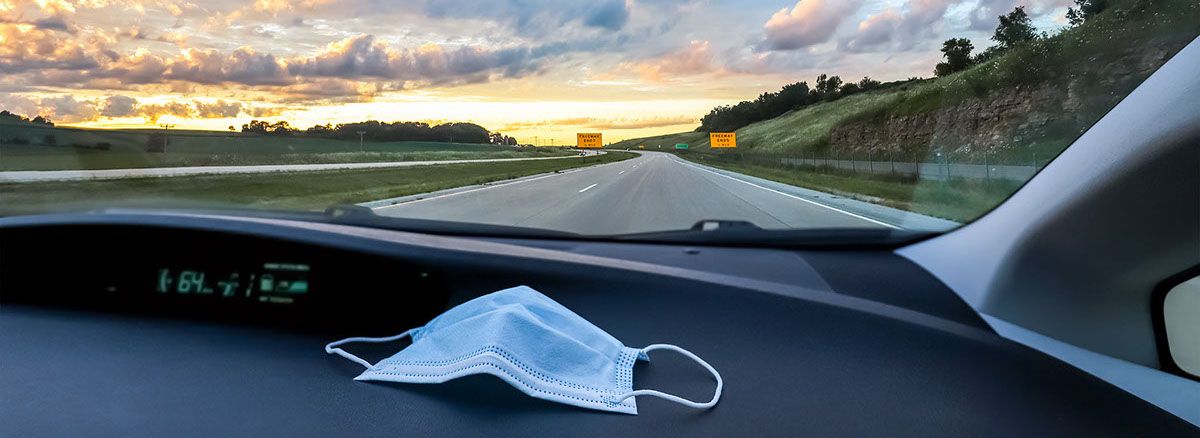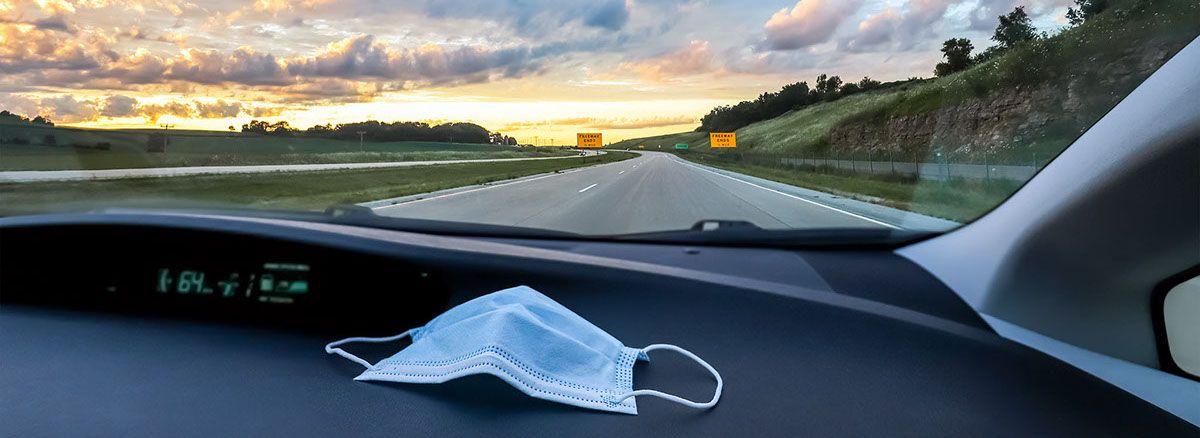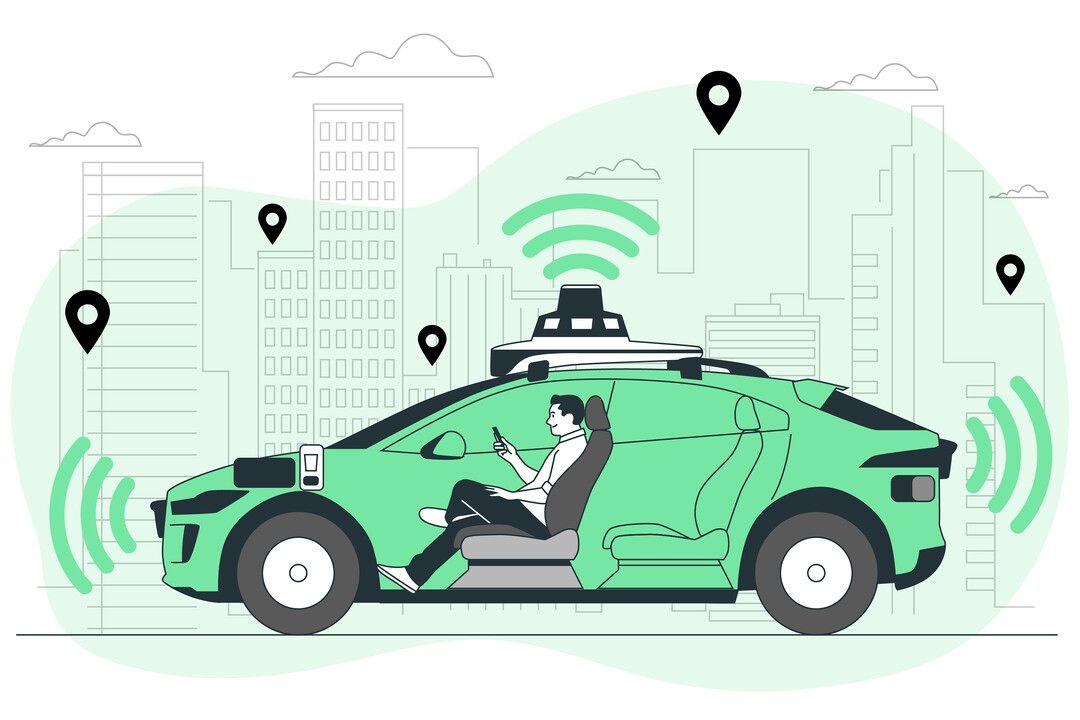The Pandemic's Lasting Impact on Traffic Safety
by DrivegateAugust 07, 2024

The COVID-19 pandemic has left an indelible mark on many aspects of our lives, including traffic safety. The pandemic's influence on road behavior, accident rates, and transportation policies continues to be felt. This blog delves into the lasting impacts of the pandemic on traffic safety, exploring changes in driving behavior, accident statistics, and the broader implications for road safety and public health.
A Surge in Risky Driving Behaviors
One of the most significant impacts of the pandemic on traffic safety has been the increase in risky driving behaviors. With lockdowns and stay-at-home orders, roads became less congested, leading some drivers to engage in dangerous behaviors such as speeding, impaired driving, and not wearing seatbelts.
According to a study by the AAA Foundation for Traffic Safety, these behaviors contributed to a significant rise in fatal crashes during the pandemic. The study found that from May 2020 through December 2022, there was a 17% increase in traffic deaths compared to pre-pandemic trends. This surge in fatalities was particularly pronounced among young adults, with the 20-24 age group experiencing the most significant rise in fatal crashes.
Disparities in Traffic Safety Outcomes
The pandemic has also exacerbated existing disparities in traffic safety outcomes. Vulnerable populations, including racial and ethnic minorities and those with lower educational attainment, have been disproportionately affected. Black and Hispanic Americans, who were already at higher risk for traffic fatalities, saw even greater increases during the pandemic.
These disparities highlight the need for equitable transportation solutions. Addressing traffic safety from an equity perspective involves providing safe transportation options and targeted interventions for communities disproportionately impacted by traffic fatalities. This approach can help reduce the overall number of traffic deaths and injuries while promoting social justice.
The Role of Technology and AI in Traffic Safety
The pandemic has accelerated the adoption of technology and artificial intelligence (AI) in traffic safety measures. With fewer cars on the road during lockdowns, cities and municipalities took the opportunity to implement and test new technologies designed to enhance road safety.
AI-driven traffic management systems, for example, have been deployed to monitor traffic patterns and adjust signal timings in real-time, reducing congestion and improving the flow of traffic. Additionally, AI is being used to analyze traffic data and identify high-risk areas, enabling targeted interventions such as increased law enforcement presence or infrastructure improvements.
Furthermore, the integration of AI in vehicles has advanced significantly. Features such as adaptive cruise control, lane-keeping assistance, and automatic emergency braking are becoming more common, helping to reduce the likelihood of accidents caused by human error. These advancements in vehicle technology are expected to have a lasting positive impact on traffic safety.
Changes in Transportation Patterns
The pandemic has also led to lasting changes in transportation patterns. Remote work and telecommuting have become more widespread, reducing the number of daily commuters and altering peak traffic times. This shift has the potential to reduce congestion and lower the risk of accidents during traditionally busy commuting hours.
Additionally, there has been an increased emphasis on active transportation modes such as walking and cycling. Many cities have expanded bike lanes and pedestrian pathways to accommodate the growing number of people using these modes of transport. These changes not only promote healthier lifestyles but also contribute to safer roads by reducing the number of motor vehicles.
Impact on Public Transportation
Public transportation systems have faced significant challenges during the pandemic, with ridership levels plummeting due to health concerns and lockdown measures. While ridership is gradually recovering, the pandemic has underscored the need for improved sanitation and safety measures on public transit.
To restore public confidence in public transportation, agencies have implemented rigorous cleaning protocols, contactless payment systems, and real-time crowding information to help passengers maintain social distancing. These measures are likely to continue, making public transportation safer and more appealing in the long term.
Policy and Infrastructure Changes
The pandemic has prompted policymakers to rethink urban planning and transportation infrastructure. With the rise in remote work and changes in commuting patterns, there is a growing recognition of the need for more flexible and resilient transportation systems.
Cities are increasingly investing in infrastructure that supports a variety of transportation modes, including cycling, walking, and public transit. This multimodal approach not only enhances safety but also promotes environmental sustainability by reducing reliance on private vehicles.
Moreover, policymakers are focusing on Vision Zero initiatives, which aim to eliminate all traffic fatalities and severe injuries. These initiatives involve a combination of engineering, enforcement, education, and emergency response strategies to create safer road environments for all users.
The Importance of Public Education and Awareness
Public education and awareness campaigns have become crucial in addressing the surge in risky driving behaviors observed during the pandemic. These campaigns aim to remind drivers of the importance of safe driving practices, even in less congested conditions.
For example, the National Highway Traffic Safety Administration (NHTSA) has launched several campaigns focusing on the dangers of speeding, impaired driving, and not wearing seatbelts. These initiatives are designed to change driver behavior and promote a culture of safety on the roads.
The Road Ahead: Preparing for Future Challenges
The pandemic has highlighted the need for a proactive approach to traffic safety, one that anticipates and addresses emerging challenges. As we move forward, it is essential to continue leveraging technology, data, and innovative strategies to enhance road safety.
One of the key lessons from the pandemic is the importance of flexibility and adaptability in transportation planning. Cities and transportation agencies must be prepared to respond to changing conditions, whether they are related to public health crises, technological advancements, or shifts in transportation patterns.
Conclusion
The COVID-19 pandemic has had a profound and lasting impact on traffic safety, revealing both vulnerabilities and opportunities for improvement. The rise in risky driving behaviors, coupled with existing disparities in traffic safety outcomes, underscores the need for targeted interventions and equitable transportation solutions.
Advancements in technology and AI offer promising tools for enhancing road safety, while changes in transportation patterns and infrastructure investments pave the way for safer and more sustainable urban environments. Public education and awareness campaigns remain critical in promoting safe driving practices and addressing the behavioral changes brought about by the pandemic.
As we look to the future, a comprehensive and flexible approach to traffic safety will be essential in ensuring that our roads are safe for all users. By learning from the lessons of the pandemic and embracing innovation, we can create a safer and more resilient transportation system for the years to come.
Want to hear the latest on Drivegate?
Sign up for our newsletter to stay updated on all you need to know about being a new driver on the road.



